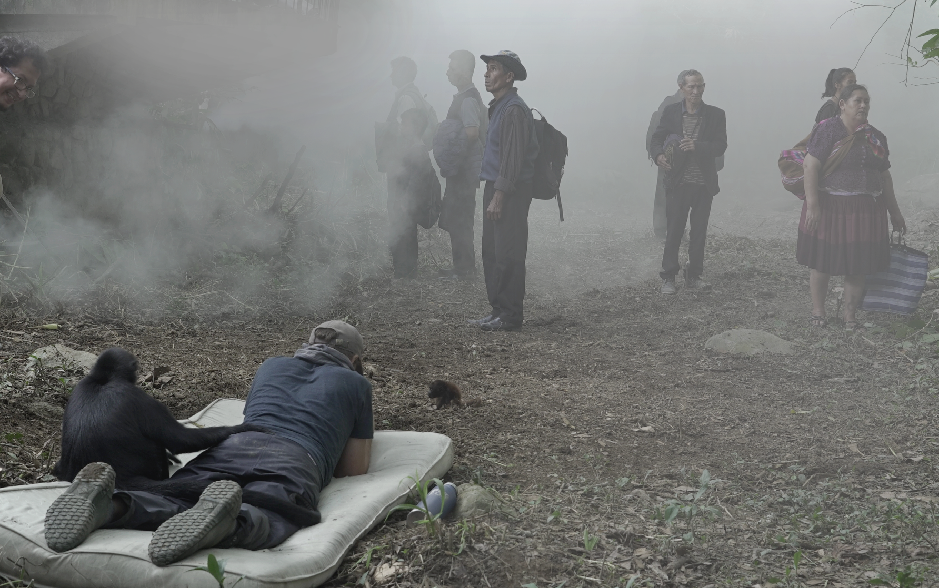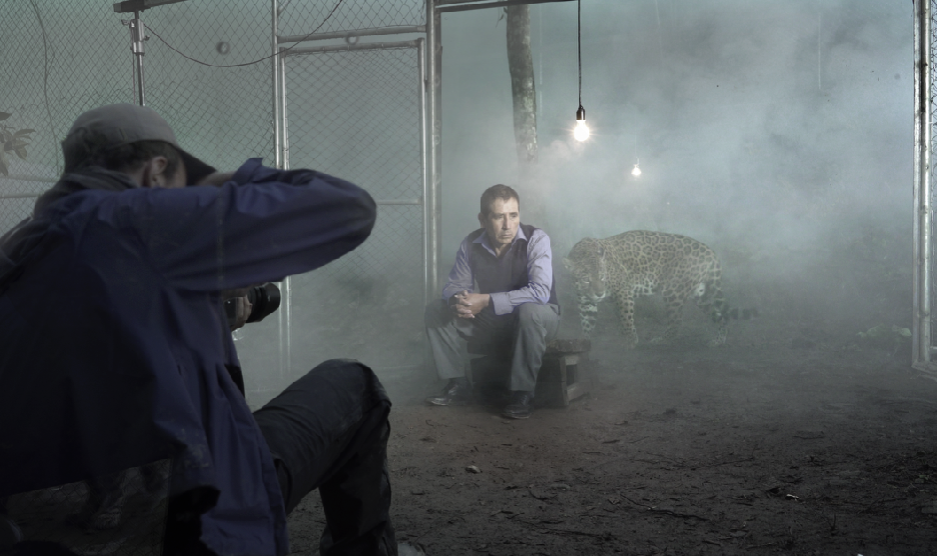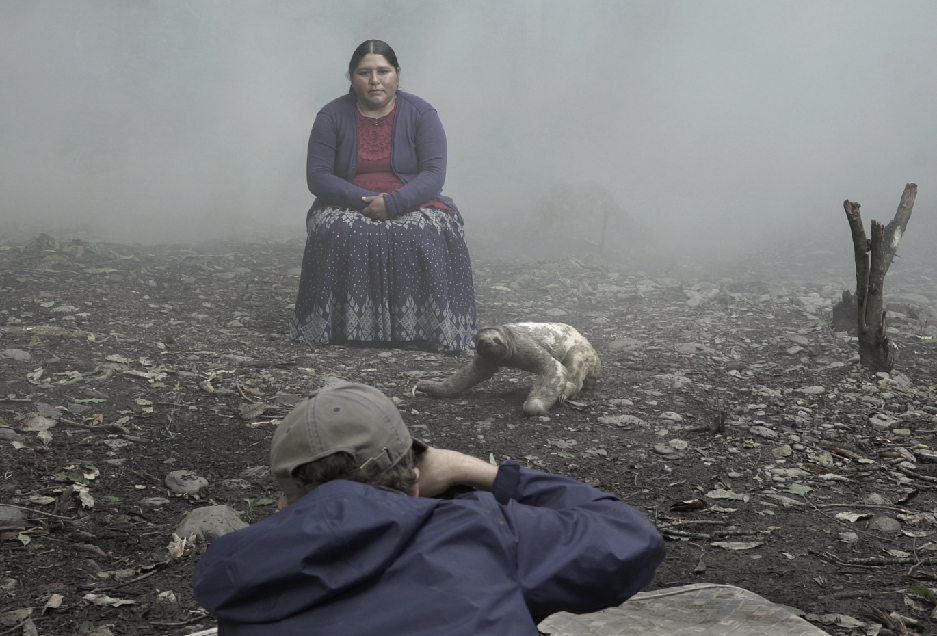Twenty-one years.
That’s how long it took me to finally take a photograph somewhere beyond the African continent.
In hindsight, it took far too long to get here. There’s a whole planet being destroyed by humans, which of course means that, tragically, there is no shortage of subject matter to find in every far-flung corner.
For previous series of work, such as Inherit the Dust and This Empty World, it had made sense to continue to photograph where I had spent so many years, because I understood the environmental complexities there better than any other part of the world. The Day May Break, however, was always going to be a global series, photographed in multiple locations around the world. I just happened to start the series in Africa because in October 2020—seven months into COVID-19—Kenya and Zimbabwe were both open to visitors, unlike the vast majority of countries.
That first African chapter is now complete. And so, on February 15, 2022, I finally clicked the shutter—for Chapter Two—on my first non-African frame.
The original plan had been to go to Brazil, the current poster child for the apocalyptic ever-escalating destruction of the Amazon rainforest. However, there were only a few habituated species in each sanctuary in Brazil, and those sanctuaries were spread out the length and breadth of the vast country. This would have necessitated many days of flying and driving between each: expensive, wasteful, and likely created the need to start a whole new production in each new area that we visited.
Fortunately, salvation—practical, and therefore financial—lay to Brazil’s west, in Bolivia, home to Senda Verde Animal Sanctuary.
Senda Verde is not just a wonderful animal sanctuary and nonprofit organization, it is also, practically speaking, home to rescued members of almost all of the key South American species. This meant that I was able to photograph the entire Chapter Two part of the project in this one location.
As in Kenya and Zimbabwe, I wanted to photograph only at a sanctuary with good reputation and practices. I only wanted the best of partners, whose work I could endorse. And this was a two-way street: they also needed to approve me and make sure that the animals would be treated respectfully. I was deeply touched by the time, passion and commitment that Vicki, Marcelo, and the whole Senda Verde team gave to helping in the creation of this project, and I dearly hope that they in turn benefit from the additional exposure. Perhaps some of you may also donate to help the work that they do.
However, in one key respect, I had been spoiled in Kenya and Zimbabwe, where all but one photo was photographed in wide-open spaces. Here in Bolivia, we had to be inside the animals’ fenced outdoor enclosures. Some enclosures were very large, like the one for Tarkus, the Andean bear. But others were small, and with that, to put it mildly, challenging.
Invariably, the ever-shifting afternoon winds would blow away the very thin obscuring wall of fog, to reveal the chain link fencing beyond. And, of course, this usually happened at the exact moment that a hyperactive baby monkey would finally stay still for a microsecond for their photo. Hyperactive monkey + fog + wind + cloud cover only = not easy.
As in Zimbabwe, the people in the photos came from all across Bolivia, discovered by several researchers in the weeks prior to the shoot. All the people have been dealt misfortune by climate change in differing, but always harsh degrees. In spite of that, they were all always gracious, generous, and patient on the shoot.
Chapter Three beckons next, which all being well, will take me to another very different part of the world.
GIVE, AND TREAD LIGHTLY
A percentage of artists’ share of print sale proceeds will be evenly distributed on a biannual basis to each of the people photographed, as a kind of ongoing royalty payment.
Senda Verde will also receive a share of these proceeds.
For a project about climate change, this project had better be carbon neutral. It is. We calculated the flights, the transportation of equipment, the fuel consumed from vehicles and generators, etc., and then made the equivalent carbon offset payments.
______






